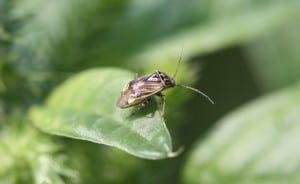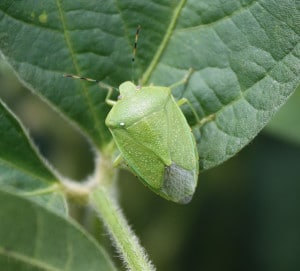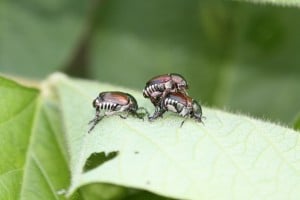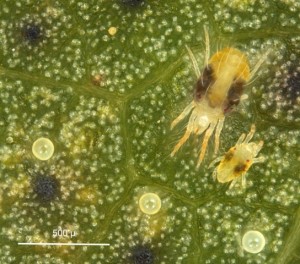Catchy title eh? No major insect problems are occurring on a wide basis, but the phone is ringing more frequently about several issues.
 Tarnished plant bugs are all over the board with reports of light pressure to higher than normal infestations in cotton. This is a the scout-and-spray pest that we need to scout for closely in the early squaring window. I discussed treatment thresholds and insecticide selection in last weeks’ article at https://news.utcrops.com/2019/06/managing-early-season-plant-bugs-in-cotton/
Tarnished plant bugs are all over the board with reports of light pressure to higher than normal infestations in cotton. This is a the scout-and-spray pest that we need to scout for closely in the early squaring window. I discussed treatment thresholds and insecticide selection in last weeks’ article at https://news.utcrops.com/2019/06/managing-early-season-plant-bugs-in-cotton/

Stink bugs are being reported in pre-flowering cotton and soybean. Based on other reports, this seems to be unusually common across the Mid-South, but treatment is not needed until seed (bolls or pods) are present. There are a few ultra-early soybeans that are setting pods, and stink bugs have concentrated into many of those fields. Treatment in soybean from R1-R6 is recommended when an average of 9 or more stink bugs is found per 25 sweeps. For more information see https://guide.utcrops.com/soybean/soybean-insect-guide/stink-bugs/.

Japanese beetles are being observed in all crops feeding on leaves or the silks of corn ears. This insect often gets more attention than it deserves because it is highly visible and often feeds in a covey. Treatment is rarely needed. I’ve never seen or even heard of an economically damaging infestation in cotton. In corn, our research indicates that silk clipping has little effect on pollination unless infestations are very high and occur during early silking, and this is especially true under the favorable pollination conditions we are experiencing. The suggested treatment threshold for corn is an average of 3 beetles per ear during the first week of silking. Japanese beetles are often more concentrated on edges or corn fields, so don’t base treatment just on field edges. In soybean, make insecticide applications based on the amount of defoliation being observed, and consider what other pests may be contributing to defoliation (more information).

Spider mites are present in some cotton fields, although mostly confined to small areas and field edges. Management of this pest often requires some professional judgment based on the amount of injury being seen, how infestations are distributed in the field, the number or mites that are present, and environmental conditions. Cotton under drought stress will be more susceptible. In cotton, treatment is generally recommended when 30-50 percent of plants show signs of infestation and mites are still present. Spot or edge treatments are sometimes appropriate. Keep in mind that applications of the herbicide Liberty as been shown to reduce spider mite numbers. For more information about spider mites see https://guide.utcrops.com/cotton/cotton-insect-guide/spider-mites/.

